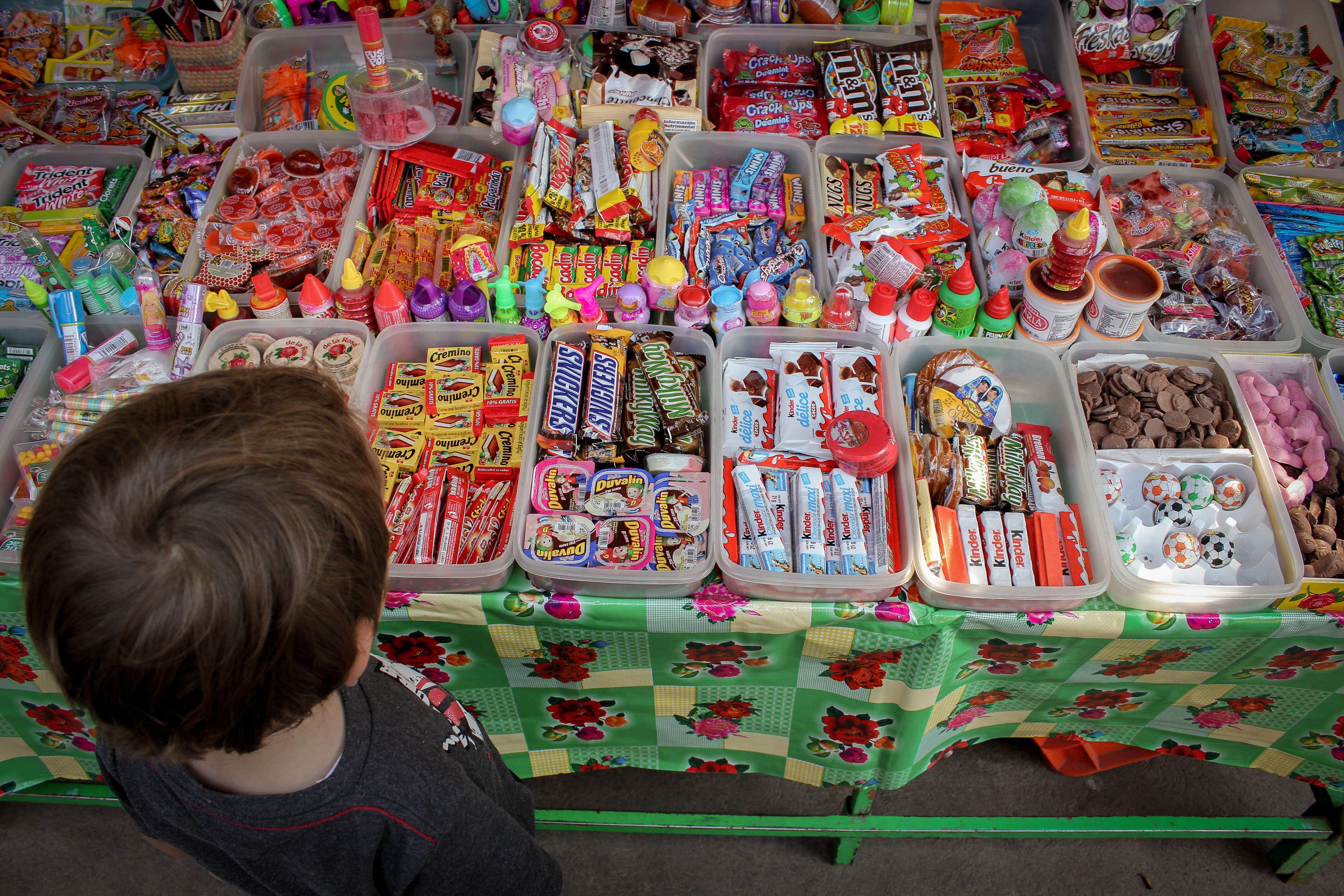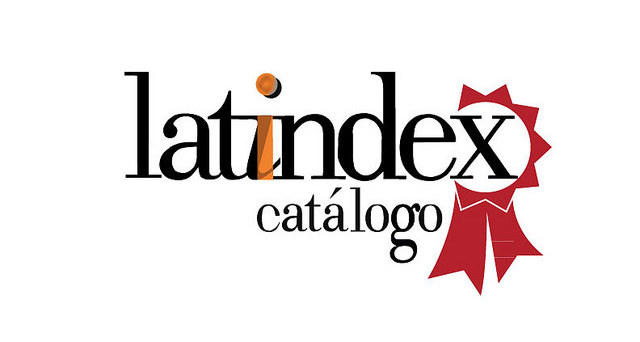Dar vista: visual dialectics of a street market stall
DOI:
https://doi.org/10.29340/en.v6n12.289Keywords:
street vending, tianguis, material culture, visual dialectics, esthetics, working culture, visual anthropologyAbstract
This photo essay shows the process of dar vista, a vendors’ practice that consists in presenting a stall considering certain aesthetic elements by which crucial communication is convey among different actors of the street market to secure its existence. The essay exposes the importance of the stall materiality and visuality in relation to its aesthetic production, affectivities, and values, which results in a particular visual language of the market. This work is based on ethnographic fieldwork conducted between 2012 and 2013 in collaboration with Route 8, a street market organization part of the Market on Wheels program run by Mexico City’s Secretary of Economic Development.
Downloads
References
Alba, Martha de, Arnaud Exbalin y Georgina Rodríguez (2007). “El ambulantaje en imágenes: una historia de representaciones de la venta callejera en la Ciudad de México (siglos XVIII-XX)”, Cybergeo European Journal of Geography [online], Topics, documento 373. Disponible en:
http://cybergeo.revues.org/5591?lang=en (consultado el 19 de junio de 2023) https://doi.org/10.4000/cybergeo.5591 DOI: https://doi.org/10.4000/cybergeo.5591
Aguilar, Adrian Guillermo (1997). “Metropolitan Growth and Labour Markets in Mexico”, GeoJournal, 43(4), pp. 371–383. DOI: https://doi.org/10.1023/A:1006895907459
Bhowmik, Sharit (2010). Street Vendors in the Global Urban Economy. Nueva Delhi: Taylor & Francis.
Capron, Guénola y Bruno Sabatier (2007). “Identidades urbanas y culturas públicas en la globalización.
Centros comerciales paisajísticos en Río de Janeiro y México”, Alteridades, 17(33), pp. 87-97.
CNN México. (2014). “Peña anuncia un programa para combatir la economía informal”. mexico.cnn.com. Recuperado de https://politica.expansion.mx/adnpolitico/2014/09/08/pena-anuncia-un-programa-para-combatir-la-economia-informal (consultado el 20 de junio de 2023).
Cross, John (1998). Informal Politics: Street Vendors and the State in Mexico City. Stanford: StanfordUniversity Press. DOI: https://doi.org/10.1515/9780804765114
Crossa, Verónica (2009). “Resisting the Entrepreneurial City: Street Vendors’ Struggle in Mexico City’s Historic Center”, International Journal of Urban and Regional Research, 33(1), pp. 43-63. DOI: https://doi.org/10.1111/j.1468-2427.2008.00823.x
Duhau, Emilio y Ángela Giglia (2009). “Globalización e informalidad en la Ciudad de México: prácticas de consumo y movilidad”, Trace. Travaux et recherches dans les Amériques du Centre (51), pp. 28-43. DOI: https://doi.org/10.22134/trace.51.2007.405
El Informador (2014). “El Gobierno Federal atacará al comercio informal por dos frentes”,
informador.com.mx. Recuperado de http://www.informador.com.mx/economia/2014/536599/6/el-gobierno-federal-atacara-al-
comercio-informal-por-dos-frentes.htm (consultado el 19 de junio del 2023).
Foucault, Michel ([1975] 2002). Vigilar y castigar: nacimiento de la prisión. Buenos Aires: Siglo XXI.
Friedman, Jonathan (1994). “Introduction”, en Jonathan Friedman (ed.), Consumption and Identity. Amsterdam: Harwood Academic.
Gaceta Oficial del Distrito Federal (2007). Instructivo de Operación de los Mercados sobre Ruedas en el Distrito Federal.
Gayosso, José Luis (2008). “Los tianguistas de la Ciudad de México: de informales a trabajadores atípicos”, Iztapalapa, Revista de Ciencias Sociales y Humanidades 30(66), pp. 53-67.
Goffman, Erving ([1956] 2001). La presentación de la persona en la vida cotidiana. Buenos Aires: Amorrortu.
Graeber, David (2007). “The Very Idea of Consumption”, en Possibilities: Essays on Hierarchy, Rebellion and Desire, pp. 57-84. Oakland y Edimburgo: AK Press.
— (2011). “Consumption”, Current Anthropology, 52 (4), pp. 489-511. Hart, Keith (1985). “The Informal Economy”, Cambridge Anthropology, 10(2), pp. 54-58. DOI: https://doi.org/10.1086/660166
León Salazar, Carlos (2010). “El comercio en la vía pública y el imaginario social en resistencia. El caso del tianguis de La Bola”, El Cotidiano, 25(159), pp. 93-100.
Mete, Silvia, Luca Tomaino y Giovanni Vecchio (2013). “Tianguis Shaping Ciudad. Informal Street Vending as a Decisive Element for Economy, Society and Culture in Mexico”, Planum. The Journal of Urbanism, 1(26), pp. 1-13.
Merleau-Ponty, Maurice (1993). Fenomenología de la percepción. Barcelona: Planeta-Agostini.
Miller, Daniel (2001). “Introduction”, en Consumption: Critical Concepts in the Social Sciences. Daniel Miller (ed.), pp. 1-6. Londres: Taylor & Francis.
Rojas, James (2010). “Latino Urbanism in Los Angeles: A Model for Urban Improvisation and Reinvention”,
en Insurgent Public Spaces: Guerrilla Urbanism and the Remaking of Contemporary Cities. Nueva York: Routledge, pp. 36-44.
Sandoval Hernández, Efrén (2020). “¿Por qué la gente compra fayuca en los tianguis de DOI: https://doi.org/10.24275/uam/izt/dcsh/alt/2020v30n60/Sandoval
Monterrey?”, Alteridades, 30(60), pp. 79-89.
Sartre, Jean Paul (1993). El ser y la nada: Ensayo de ontología fenomenológica. Barcelona: Altaya.
Sennett, Richard (1992). The Conscience of the Eye: The Design and Social Life of Cities. Nueva York: W. W. Norton & Company.
Silva Londoño, Diana Alejandra (2007). “Las redes sociales y la importancia de la mediación política en el comercio en vía pública”, Perfiles Latinoamericanos, 15 (30), pp. 79-99. DOI: https://doi.org/10.18504/pl1530-079-2007
— (2010). “Comercio ambulante en el Centro Histórico de la Ciudad de México (1990-2007)”, Revista Mexicana de Sociología, 72(2), pp. 195-224.
Torres Jiménez, Ricardo (1998). “La reordenación del comercio en la vía pública en el Distrito Federal. Programas 1997 y 1998”, Sociológica, 13(37), pp. 267-277.
Watson, Sophie (2009). “The Magic of the Marketplace: Sociality in a Neglected Public Space”, Urban Studies, 46(8), pp. 1577-1591. DOI: https://doi.org/10.1177/0042098009105506
Zinkhan, George M., Suzana de M. Fontenelle y Anne L. Balazs (1999). “The Structure of São Paulo Street Markets: Evolving Patterns of Retail Institutions”, Journal of Consumer Affairs, 33(1), pp. 3-26. DOI: https://doi.org/10.1111/j.1745-6606.1999.tb00758.x

Downloads
Published
Issue
Section
License
Copyright (c) 2023 Encartes

This work is licensed under a Creative Commons Attribution-NonCommercial 4.0 International License.
Aviso de derechos de autor
- Los autores/as conservan los derechos de autor y ceden a la revista el derecho a la primera publicación con el trabajo registrado con la licencia de atribución Creative Commons, que permite a terceros utilizar lo publicado siempre que mencionen la autoría del trabajo y a la primera publicación en esta revista
- Los autores/as pueden realizar otros acuerdos contractuales independientes y adicionales para la distribución no exclusiva de la versión del artículo publicado en esta revista (por ej. Incluirlo en un repositorio institucional o publicarlo en un libro) siempre que indiquen claramente que el trabajo se publicó por primera vez en esta revista.
El material puede ser copiado, distribuido, comunicado, ejecutado públicamente. Se pueden hacer obras derivadas de él. No se puede utilizar para fines comerciales. Se debe reconocer y citar la obra de la forma en que tú especifiques.









